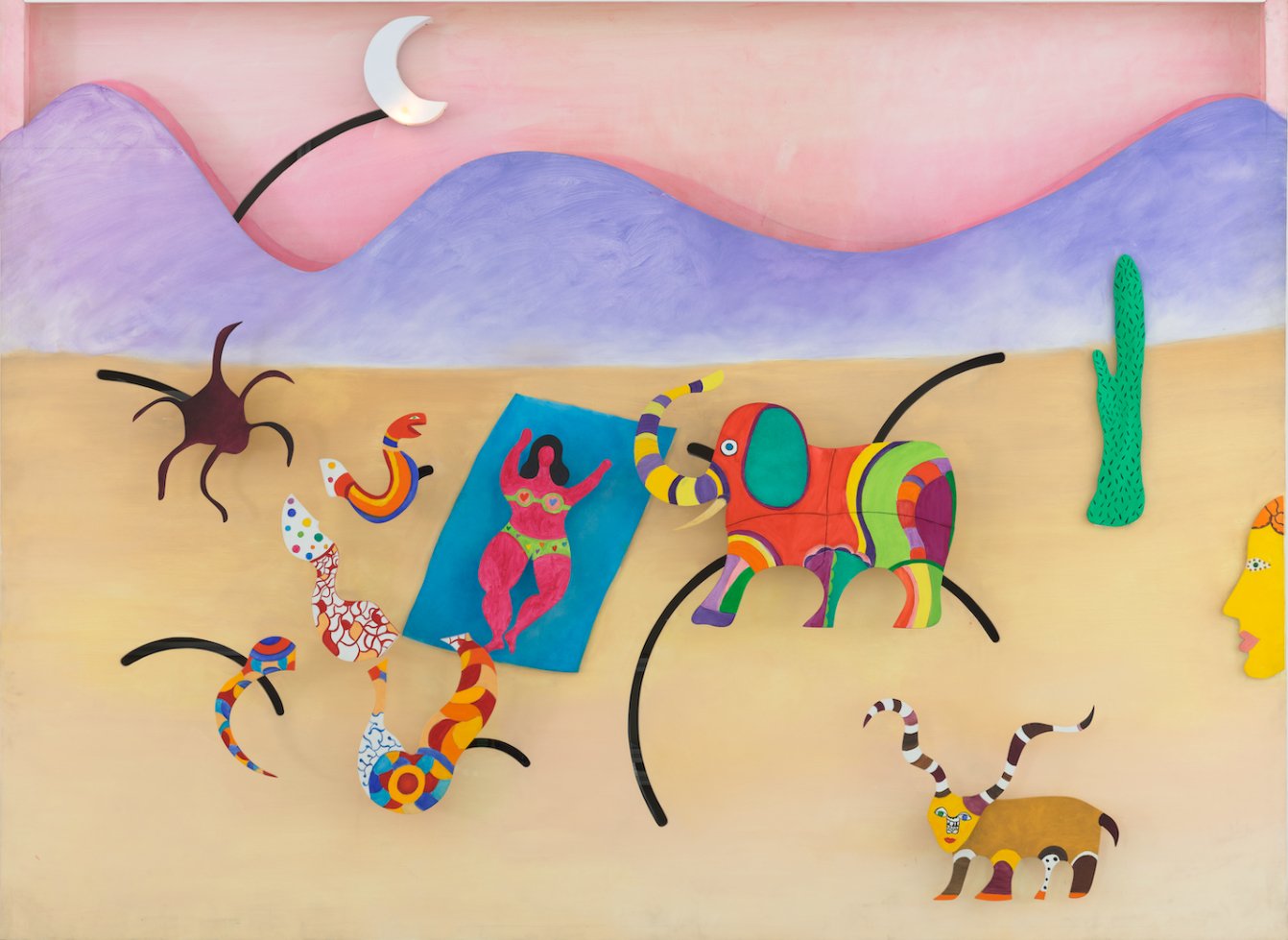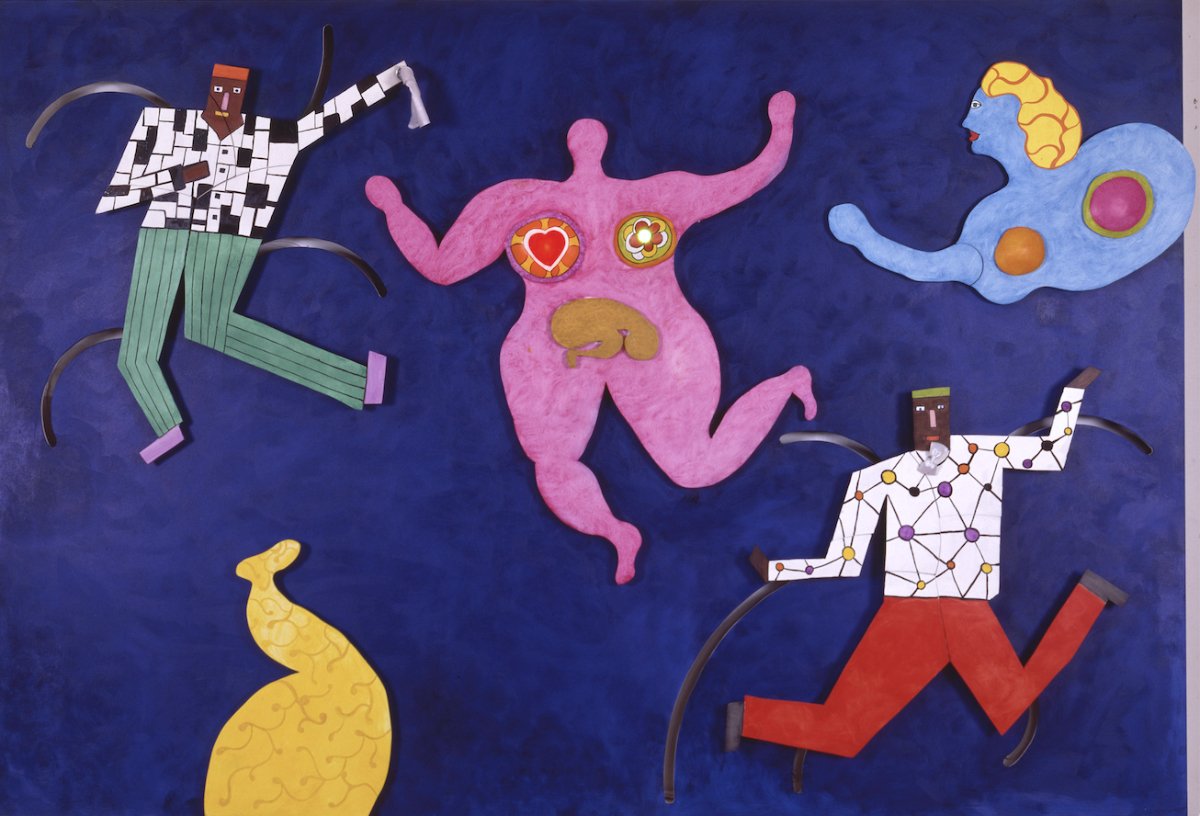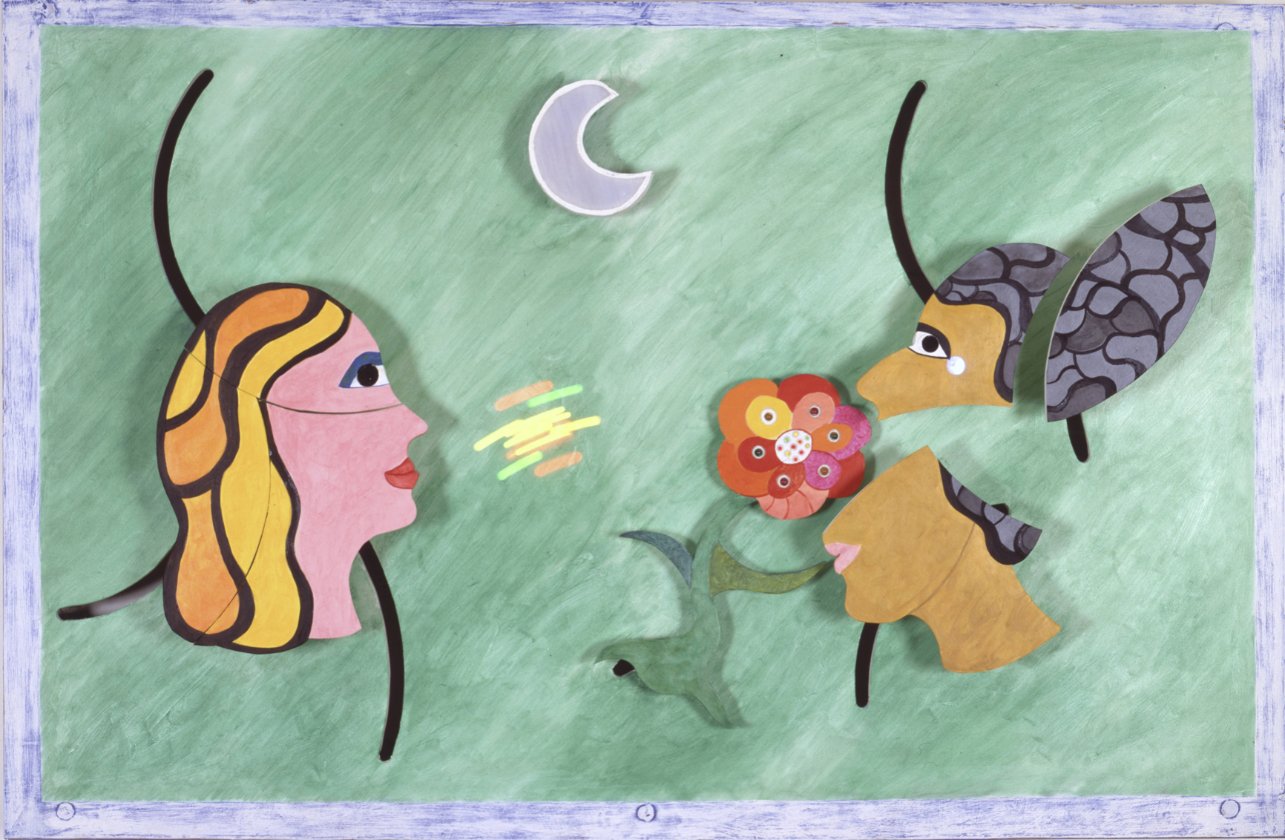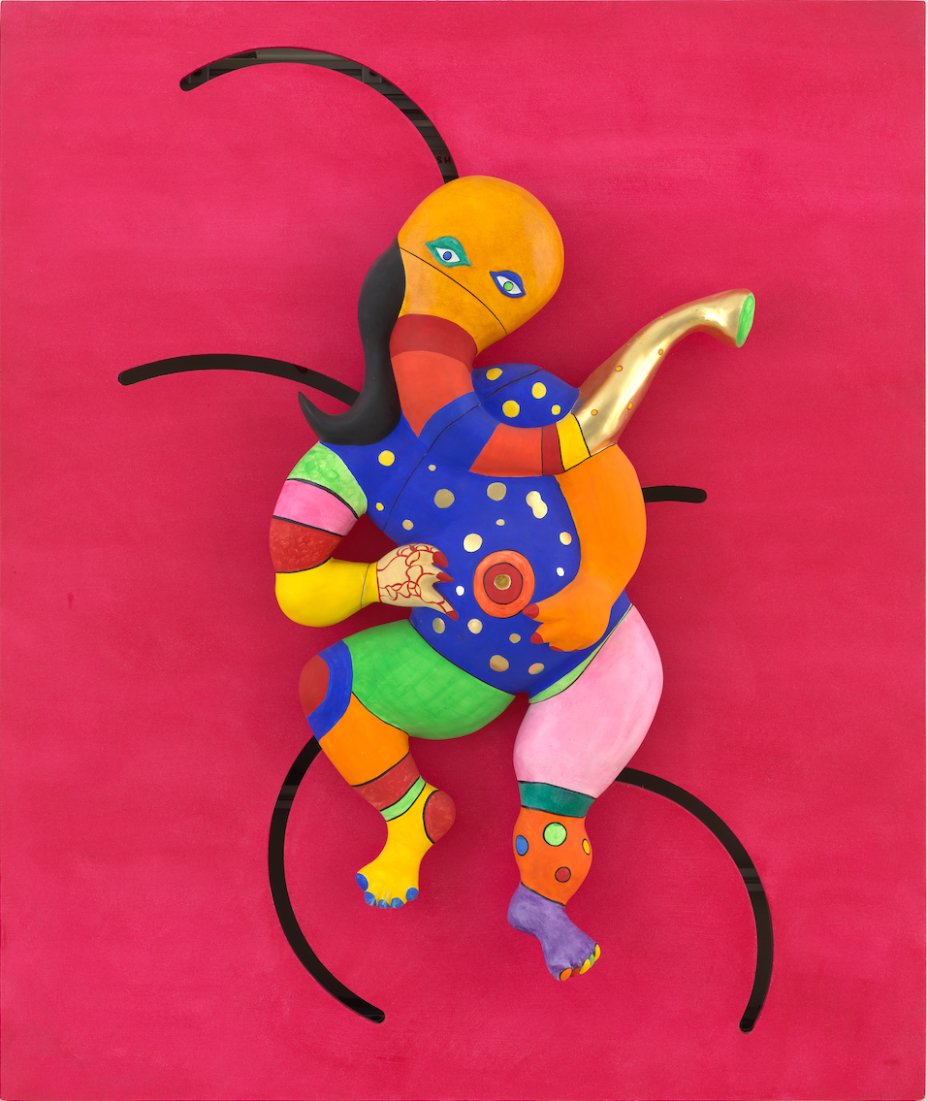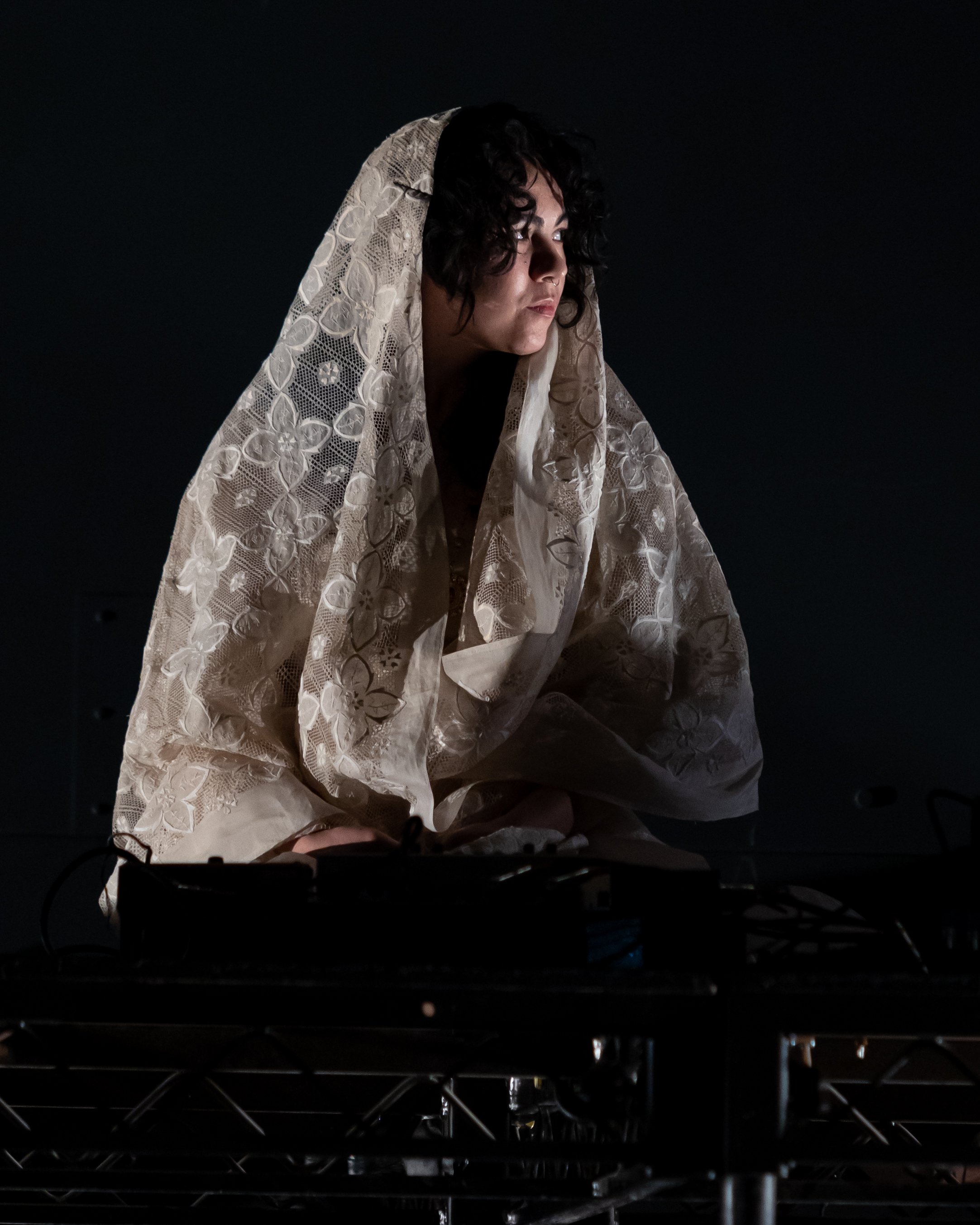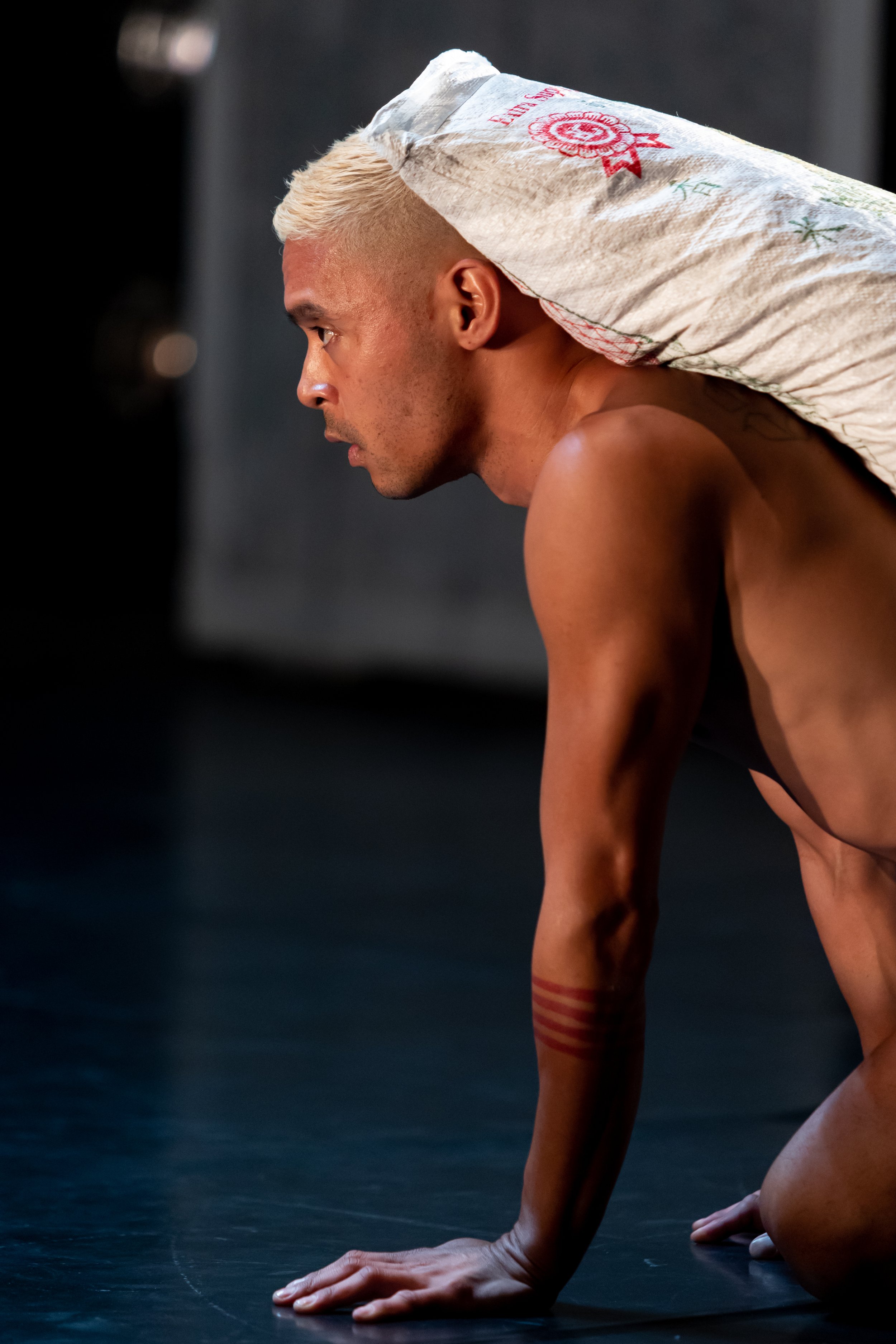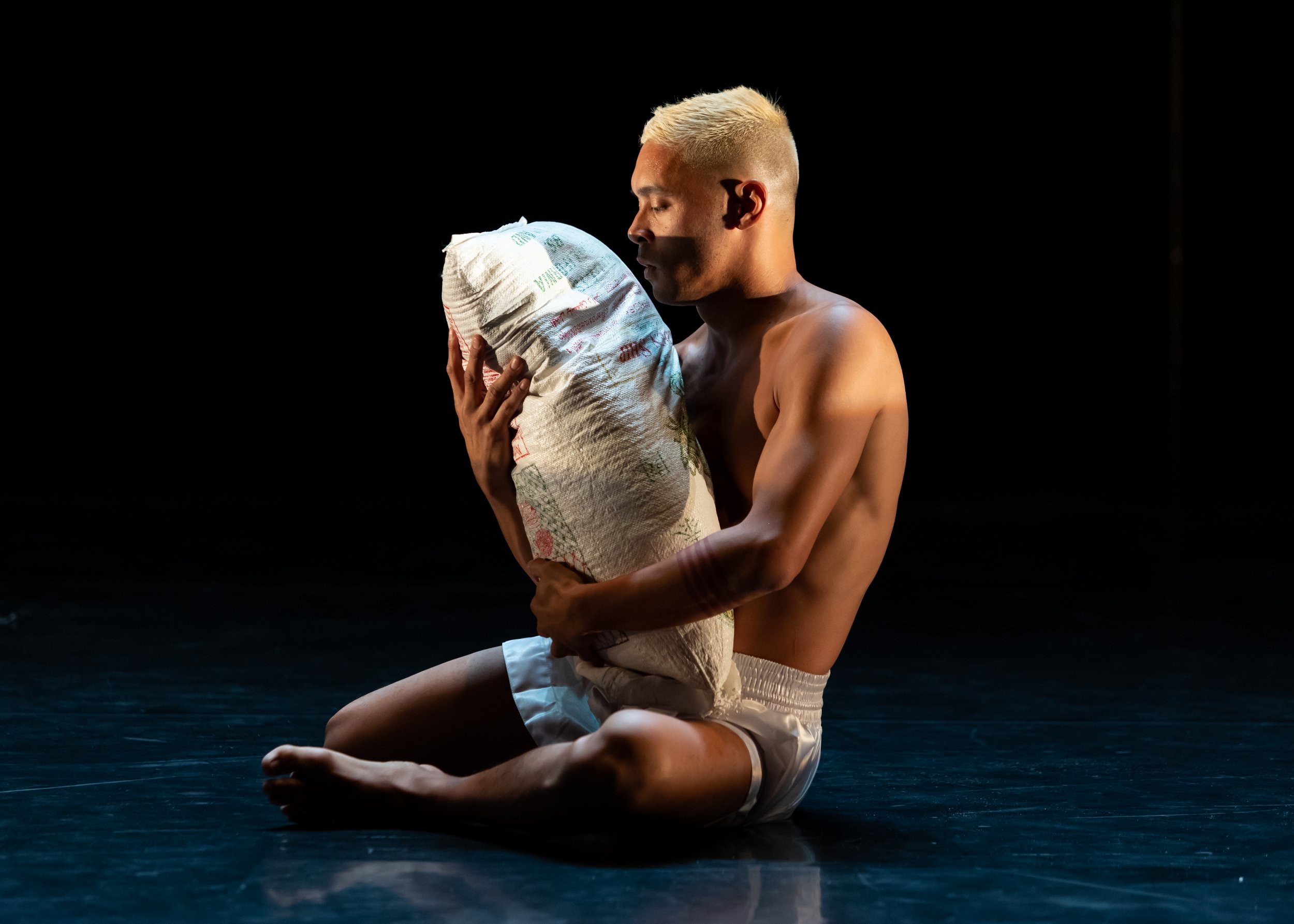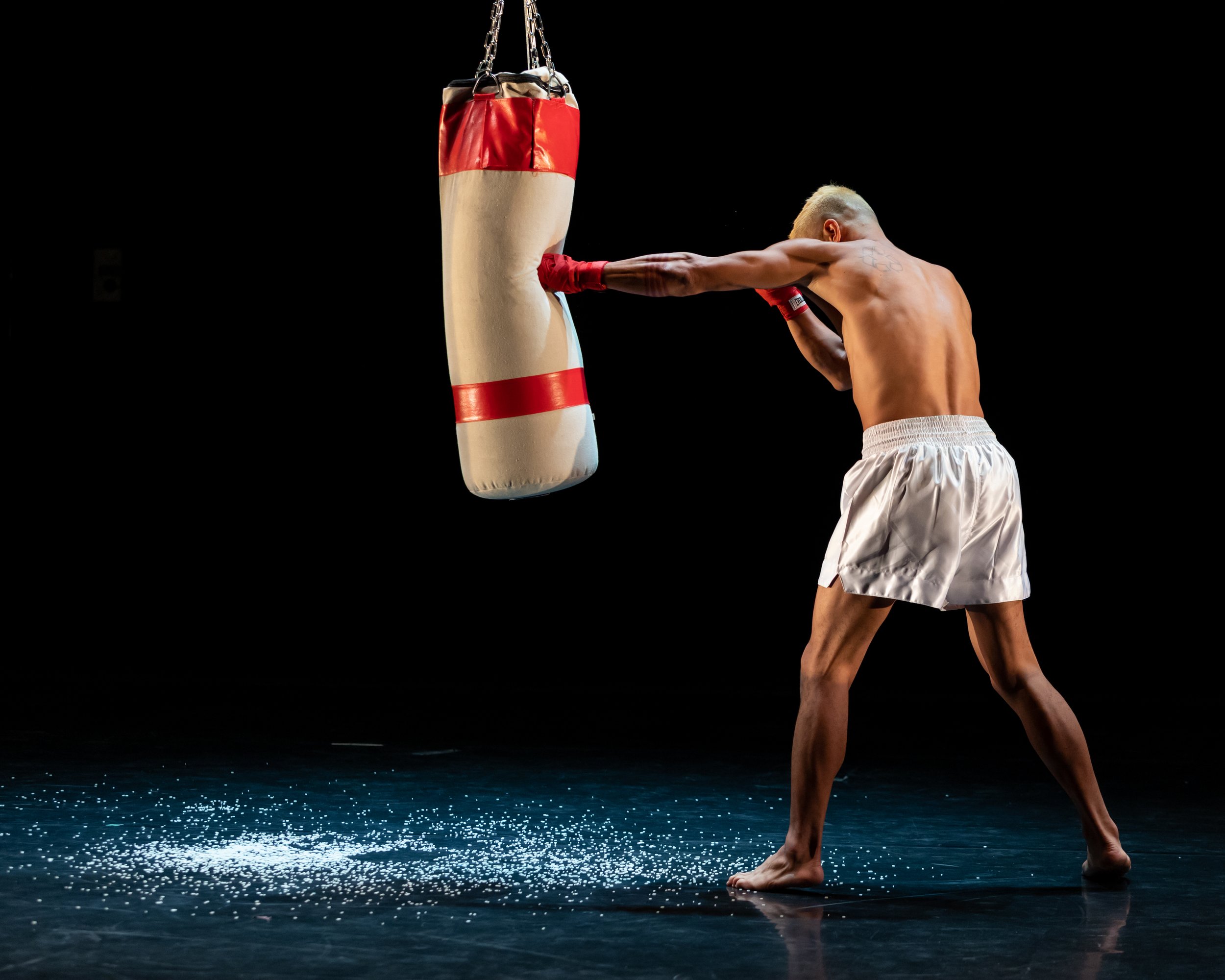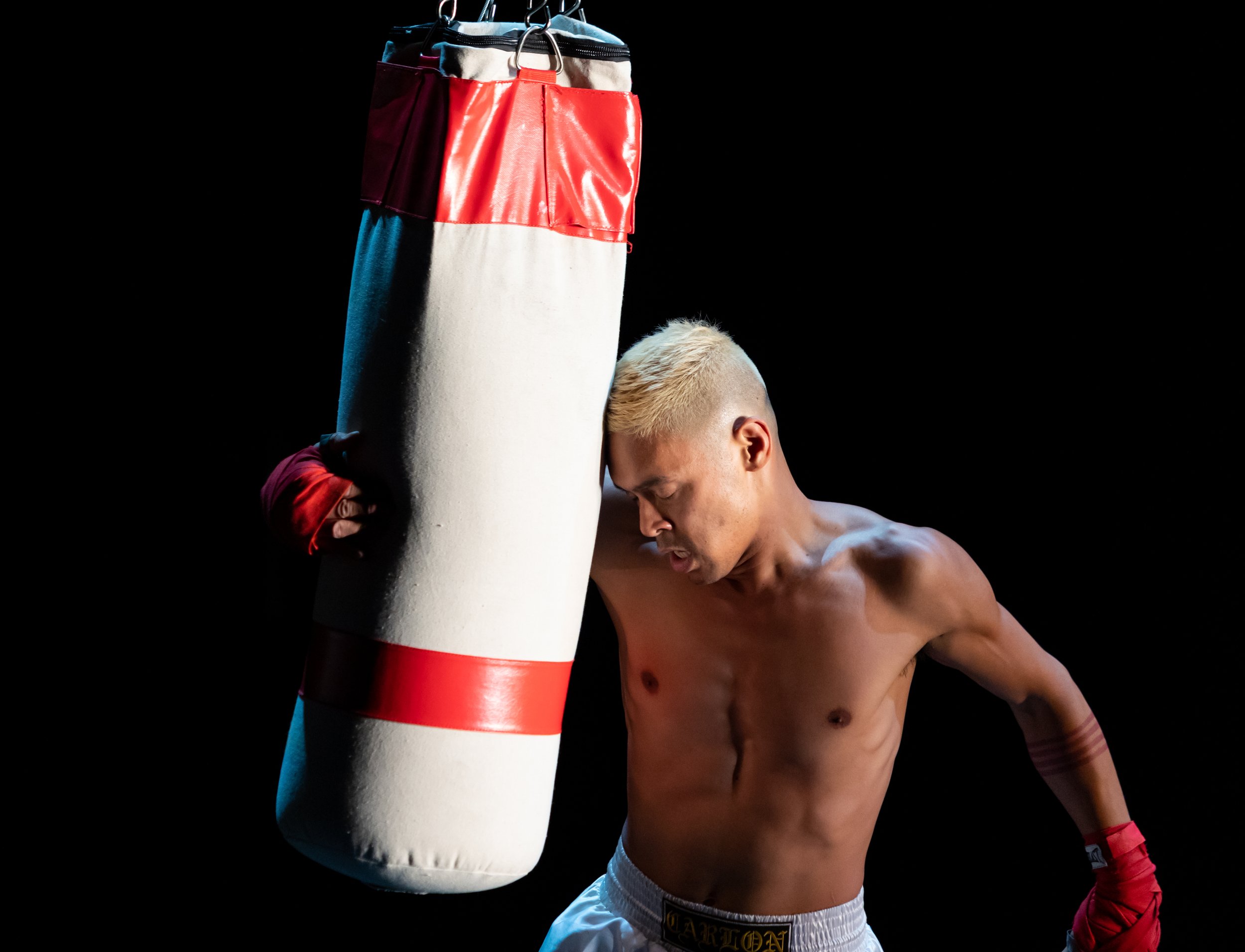Zoe Chait
cheeky, 2019
Archival pigment print
23 x 17 x 1 1/2 inches
Edition 1 of 3 + 2AP
Grief is unpredictable. It doesn’t follow a pattern, but it often brings us back to the same memories, searching for answers or comfort. We turn to photos, notes, and objects, trying to find meaning in them. Over time, both our perspective and the materials change.
Zoe Chait’s exhibition, What dream, revisits images first shown at Ramiken, New York, in 2021. These thirteen works document Chait’s relationship with music producer Sophie, capturing moments from 2017 to 2020 as Sophie transitioned from a private individual to the public figure SOPHIE. While the photos are intimate, they also highlight a sense of distance—the gap between personal connection and public persona. Chait’s work reflects an effort to reconcile the Sophie she knew with the one the world saw.
Sophie died in an accidental fall on January 30, 2021, six months before the exhibition opened. Nearly four years later, Chait revisited these images, altering them in response to her grief. She worked with printed positives and negatives, abstracting the images to explore themes of presence and absence. Sophie’s influence—her rituals, worldview, and music’s distinctive texture—continues to shape these works, which remain both unfinished and complete.
In Mexico City, Chait collaborated with a master printer of photogravure, a 19th-century printing process using etched copper plates and a gelatin resist. Chait was drawn to the unetched plates, mid-process, where the gelatin resist formed ghostly images on the copper. What dream features two pairs of such works, each showing a positive and negative version of the same image. The exhibition’s title comes from the first, a still from a video shoot where Sophie appears poised under dramatic lighting. The second image shows Sophie lying nude on a bed, open and serene. These works are material and painterly, presenting images that feel incomplete and vulnerable to time.
Chait also reimagined her video installation, projection reflected (2017–2020). Projected onto aluminum panels with varied grain alignments, the videos capture intimate moments between the artist, Sophie, and the camera. One video shows Sophie adjusting her hair before a shoot, focusing on her public image. Another captures Chait gently moving Sophie’s chin in soft afternoon light. Ambient sounds—breathing, pauses, background noise—create a sense of continuity. The videos loop at different lengths, offering endless opportunities to revisit and reinterpret these moments.
What dream is on view through February 20 by appointment only @ Micki Meng 2 Rue Beaubourg Paris 4e






